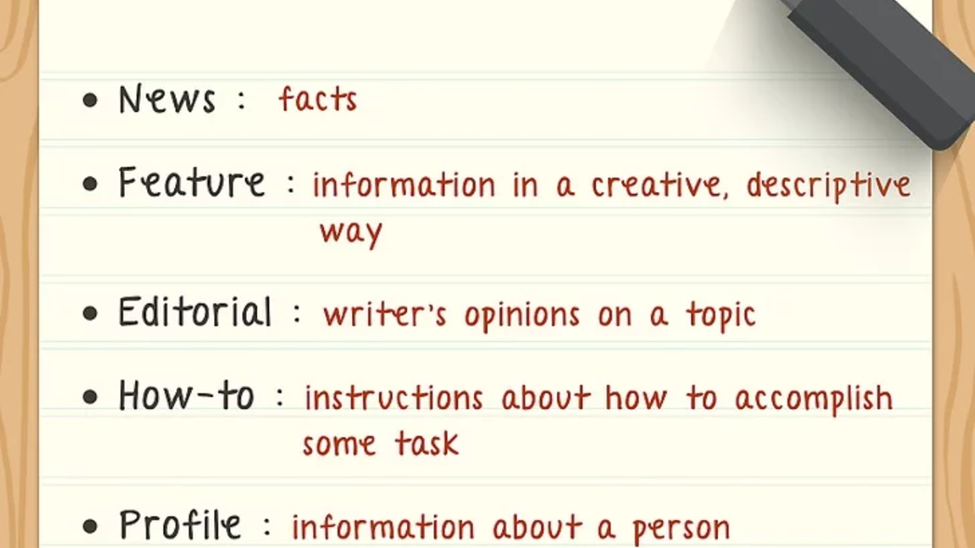Embarking on the journey to publish a research paper is a significant milestone for any aspiring or established scholar. For those in political science, it signifies a crucial step in contributing to public discourse, advancing theoretical understanding, and shaping policy debates. While the process can seem daunting, particularly for a first-time author, a structured approach and a clear understanding of the academic publishing landscape can pave the way for success. This guide will walk you through the essential steps on how to publish a research paper in political science, offering practical advice to navigate this rewarding endeavor.

Crafting Your Research Paper: The Foundation
Before you even think about where to submit political science paper, the quality of your research paper itself is paramount.
1. Formulate a Clear Research Question
A strong political science research paper begins with a well-defined, original, and researchable question. It should address a gap in existing literature or offer a novel perspective on a current debate. Engage with the “so what?” question early on: why does your research matter? What is its theoretical, empirical, or policy contribution to the field of political science?
2. Conduct Thorough Literature Review
Demonstrate a comprehensive understanding of existing research on your topic. Identify key theories, concepts, and empirical findings. Your literature review should not just summarize; it should critically analyze and identify the niche your paper aims to fill. Utilize databases like Worldwide Political Science Abstracts, JSTOR, and Google Scholar to uncover relevant academic research.

3. Develop a Robust Methodology
Clearly articulate your research design. Whether qualitative (e.g., case studies, interviews, content analysis), quantitative (e.g., statistical analysis of survey data), or mixed-methods, ensure your methodological choices align with your research question and are rigorously justified. Transparency in data collection and analysis is crucial for academic publishing.
4. Present Compelling Arguments and Evidence
Your paper must present a coherent argument supported by empirical evidence. Each section should logically build upon the previous one, leading to well-substantiated conclusions. Avoid overclaiming your findings; be precise about what your research demonstrates and its limitations.

5. Write Clearly and Concisely
Political science writing demands clarity, precision, and adherence to academic conventions. Avoid jargon where possible, or define it clearly. Structure your paper logically with a compelling introduction, literature review, methodology, findings, discussion, and conclusion. Seek feedback from peers and mentors to refine your writing. This is often outlined in any good political science research guide.
Navigating the Publishing Landscape: Where to Submit Your Political Science Paper
Once your research paper is polished, the next critical step is to find publishing platforms for political science. This involves strategic journal selection and understanding the submission process.
1. Targeting the Right Journal
- Scope and Aims: Carefully read the “Aims and Scope” section of potential journals. Does your paper fit within their thematic focus, methodological preferences, and theoretical orientations?
- Audience: Consider who reads the journal. Is it a general political science journal, or does it specialize in a subfield (e.g., international relations, comparative politics, political theory, public policy)?
2. Impact Factor and Reputation
While not the sole criterion, a journal's impact factor (a measure of average citations) can indicate its influence. For a first research paper, aiming for highly selective, top-tier journals (e.g., American Political Science Review, British Journal of Political Science, World Politics) can be challenging. It's often strategic to target reputable, but perhaps less selective, field-specific journals, or those known for publishing emerging scholars. Discuss options with your mentors, especially those with experience in US or UK political science academic publishing.

3. Review Recent Issues
Browse recent issues of journals to see the types of research they publish and their typical article length and style. This is a practical way to find publishing platforms for political science that align with your work.
4. Understanding Journal Guidelines
Every journal has specific “Guide for Authors” or “Submission Guidelines.” These meticulously detail formatting requirements (word count, citation style, abstract length, manuscript structure), ethical guidelines, and submission procedures. Strict adherence to these guidelines is non-negotiable. Submitting a paper that doesn't meet the requirements is a common reason for desk rejection.
5. Peer Review Process
Academic publishing relies heavily on peer review, where experts in your field critically evaluate your research paper. This process is designed to ensure quality, rigor, and originality.
6. Double-Blind Review
Most political science journals employ double-blind peer review, meaning both authors' and reviewers' identities are concealed. Ensure your manuscript is anonymized according to journal instructions.

7. Revisions
Expect to receive feedback requesting revisions. This is a standard part of the process and an opportunity to strengthen your paper. Respond comprehensively to all reviewer comments, explaining how you addressed each point. Even a “reject and resubmit” decision can be an opportunity for significant improvement.
The Submission Process: Practical Steps
Once you've chosen a target journal, the submit political science paper process typically involves:
Step 1: Register on the journal's online submission system (often powered by platforms like Editorial Manager or ScholarOne Manuscripts).
Step 2: You'll typically upload your anonymized manuscript, a separate title page (with author information), abstract, keywords, figures, and tables. Ensure all supplementary materials are also clearly organized.
Step 3: Provide accurate metadata, including the title, abstract, keywords, and author details. These are crucial for indexing your paper in databases like Elsevier Political Science journals, ensuring discoverability.
Step 4: Write a concise cover letter to the editor. Briefly introduce your paper, highlight its main contribution, and confirm that it has not been previously published or is under consideration elsewhere.
Step 5: Be prepared to affirm ethical considerations regarding data collection, human subjects (if applicable), conflicts of interest, and originality. Many journals, particularly in US and UK political science, have stringent ethical requirements.
Post-Submission and Beyond
- Patience: The peer review process can be lengthy, often taking several months. Resist the urge to frequently query the journal.
- Networking: Continue to attend conferences and engage with your field. This helps you stay updated with research topics and also builds your profile, which can indirectly aid in future publishing efforts.
- Embrace Feedback: View rejection or revise-and-resubmit decisions as learning opportunities. The feedback, however critical, is intended to improve your research and your ability to publish research paper effectively.
Open Access vs. Traditional Publishing
Consider the implications of open access models vs. traditional subscription models. Many academic publishing houses, including Elsevier Political Science, offer both options, often with associated article processing charges (APCs) for open access.

Conclusion
Publishing your first research paper in political science is a challenging but ultimately rewarding experience. By focusing on producing high-quality research, strategically selecting the right platform, and diligently navigating the submission and review process, you can successfully contribute to the academic discourse and establish your presence in the field.






